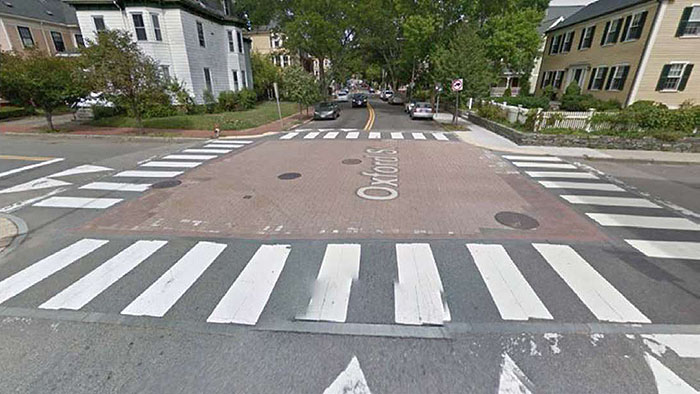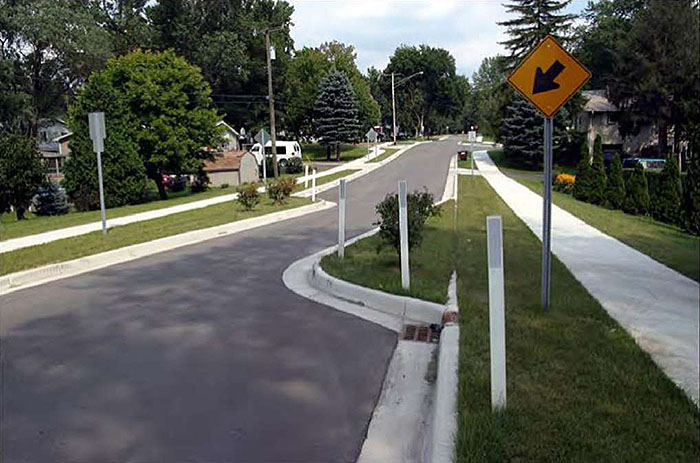Speed isn't really the issue here, IMO. If I hit you at 50 kph or 70 kph, you're dead either way. I'm not saying skip the speed cameras, but what we ALSO need is enforcement of the non-speed related traffic offences, such as:
- Running red lights (at every light, not just a few)
- Turning right at red lights without first stopping to clear pedestrians, cyclists or traffic.
- Running through flashing pedestrian and school guard crossings
- Running pass open streetcars and flashing school buses
- Slow rolling through stop signs (use camera to enforce)
- Illegal and unsafe u-turns (much worse now with uber and lyft)
- Going the wrong way on residential streets (I see this at least a half dozen times a month in Cabbagetown)
- Parking on sidewalks (damn Amazon chumps and the like)
- Parking or even driving in bike lanes
- Illegal parking blocking rush hour lanes
I'm all for using police state technology to catch and fine people for any of the ten above, in addition to speeding and the ubiquitous dangerous driving and DUI.







